Summary
- Master CQB basics for success in Door Kickers 2: Task Force North.
- Utilize deliberate or dynamic clearance based on mission needs.
- Employ buddy teams to enhance operator survivability during breaches.
Doorkickers 2: Task Force North is a game built around the concept of room-clearing drills and close-quarters battles. With its own dictionary of terms and phrases and no shortage of gatekeepers, just attempting to dip your toes into the subject feels like deciphering hieroglyphics.
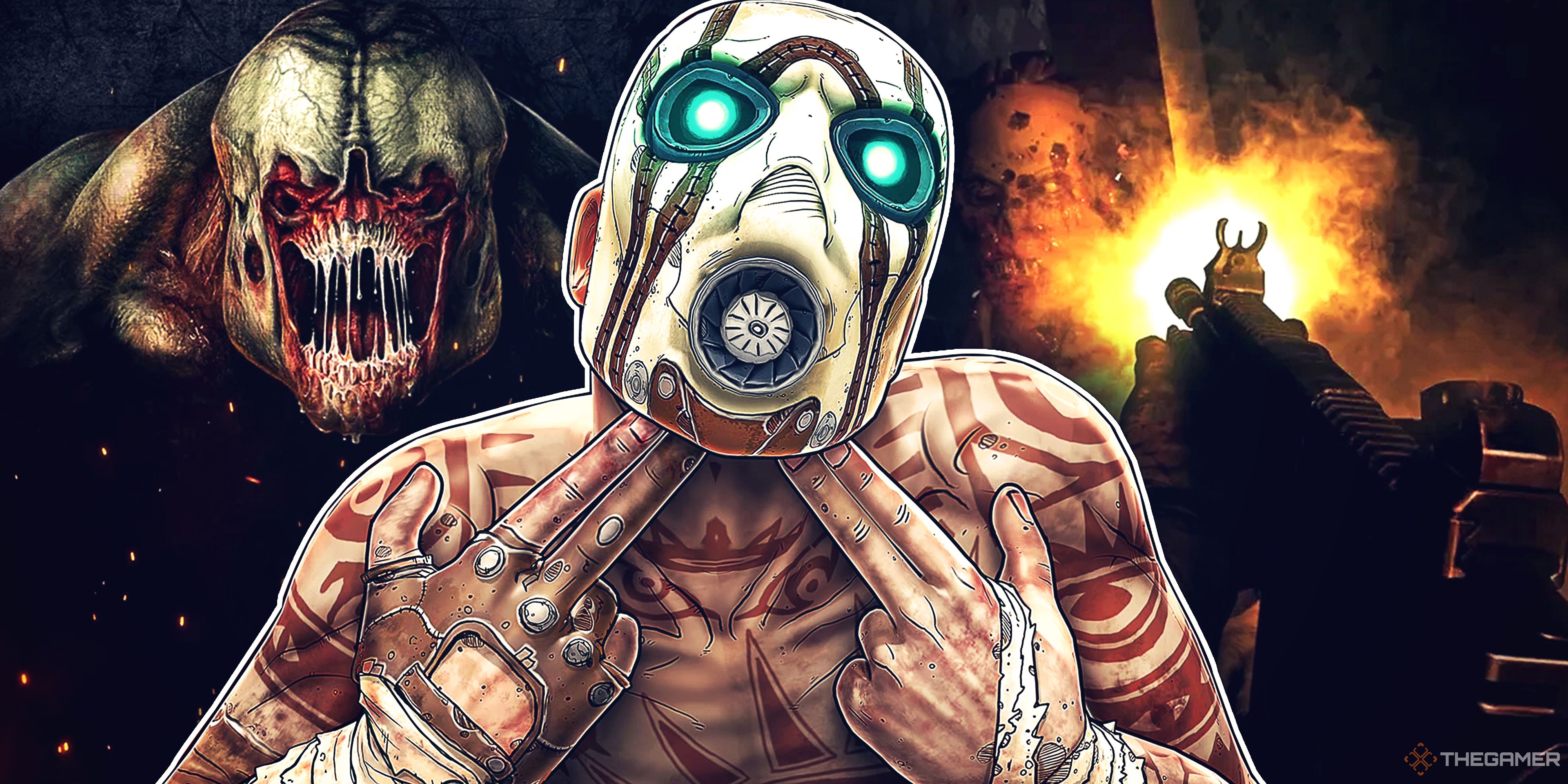
Related
The Best First-Person Shooters On PSVR & PSVR2
Prepare yourself for the best first-person shooters on the PlayStation VR!
On top of all of this, every decision made in Door Kickers 2 has weight and consequences, leading to a rapid onset of decision fatigue and analysis paralysis. Luckily, mastering the basics of the game is pretty straightforward, and you’ll be clearing rooms like a pro with just these few tips.
8
Learn About CQB
Door Kickers 2 is surprisingly accurate in how it simulates close-quarters combat, so learning the real-world basics of it can help you in-game. In its most basic form, proper execution of CQB tactics can be distilled down to:
- Stack Up
- Clear the Threshold
- Dig the Corner
- Run the Wall
- Scan Your Sectors
These concepts are relatively simple, but no two rooms are ever the same. Keeping these steps somewhat vague allows you to maintain enough tactical flexibility to apply them to any room or space of any size or shape.
Take advantage of the game’s ability to pause and plan your team’s movements meticulously.
Stacking up is simply arranging your assaulters on your side of the door and prepping the breach. Next, you clear the threshold by either fighting from it, or committing to it. Once you commit to the room, your first two assaulters should dig the hard corners by turning to face them and engaging anyone hiding there.
After those hard corners are clear, all of your operators are going to run along their walls while clearing their sectors – areas of the room assigned to each soldier.
7
Always Watch Your Back
You should always keep your operators’ muzzle pointed at areas that are potentially dangerous. Of course, immediate threats you can see are the most dangerous, but don’t forget about open doors and windows, too.
Dead space within the room presents an imminent threat, too. Anyone trying to harm your operators could be waiting on the other side. Finally, closed doors and windows are possible threats. Anyone could be on the other side.
6
Deliberate vs. Dynamic Clearance
Knowing when and where to use deliberate or dynamic clearance is another crucial tactic when performing direct action duties. When the objective is not time-sensitive or risk to civilians or hostages is not present, deliberate clearance is the technique to choose.
You can perform this method of clearance by using limited penetration techniques, leading with bangers or frags, and fighting from the threshold before committing to the room.
5:56
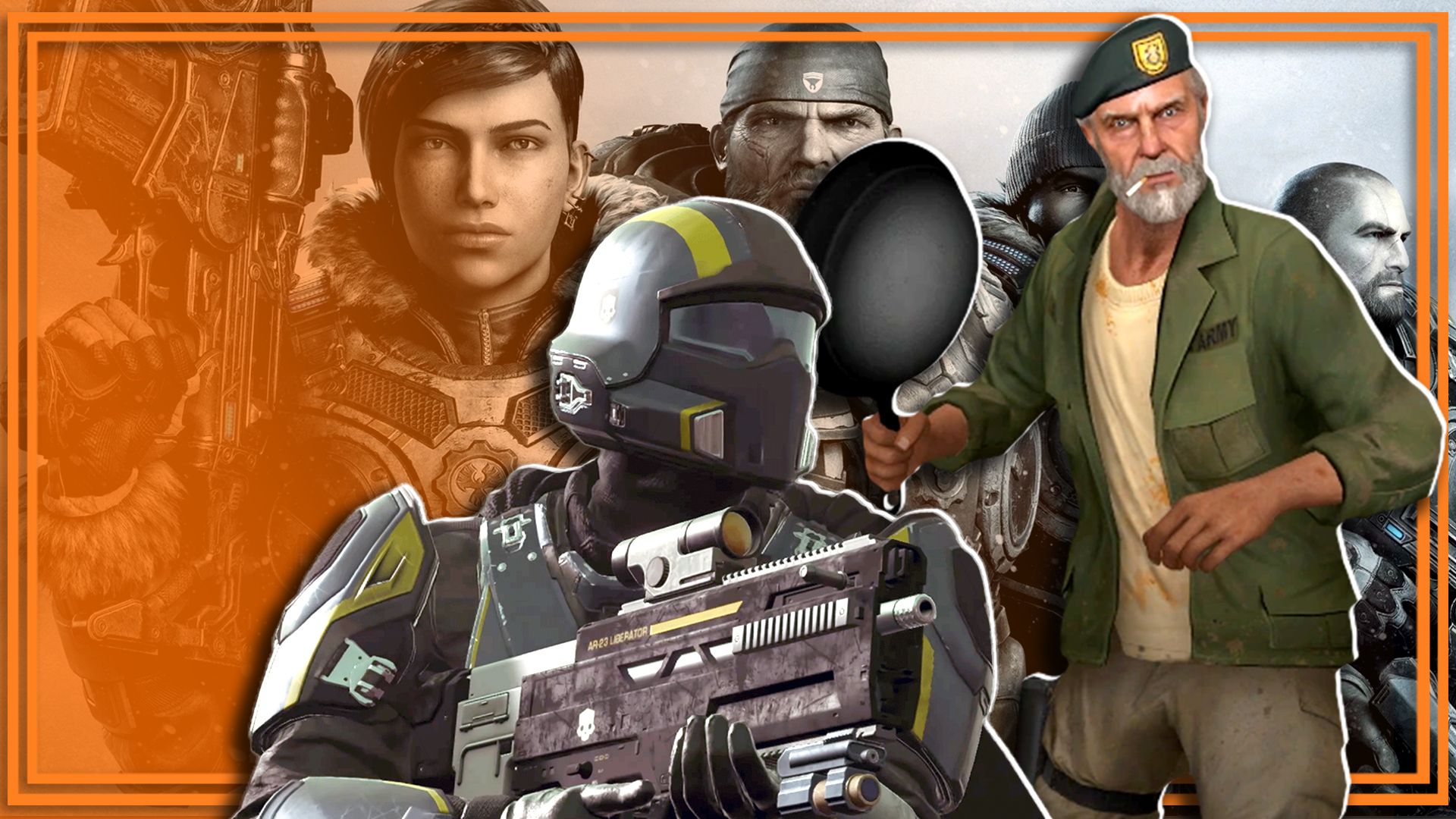
Related
Shooting people in virtual worlds is more fun with friends by your side.
Dynamic clearance is optimal when time is of the essence or when innocent lives are in immediate danger. Immediately committing to the room and flooding it with bodies and barrels, clearing sectors as quickly as possible, and moving with extreme speed and surprise are the keys to dynamic clearance.
5
Diversify Your Team’s Gear
Having a wide array of tools and gear for your team can help open doors for you, often quite literally. Sometimes, wall and door charges are too kinetic or risky, so having a dynamic hammer or breaching shotgun is a handy and quick way of dealing with locked doors. Also, hammers and shotguns have unlimited uses, while explosive charges are expendable.
Doors can be approached in many different ways. You can kick them open for a dynamic entry or employ breaching charges for a surprise assault.
Some gear, like the thermal torch, is highly specialized and used for a specific purpose. This one-time-use tool is used specifically for cutting chainlink fences and gates and fences very quickly, at the cost of producing a ton of light and noise.
4
Prep Deployables Before Breaching
Just before initiating your breaching method (i.e., kicking the door or detonating a charge), you can have another person in your stack prepare a frag or flashbang. Just choose which operator you want to deploy the device and have them toss it in the room before opening the breach.
There is a very short window of time between starting the animation and the deployable being thrown, so stay sharp. It requires a little practice and finesse, but this is especially useful for minimizing the time between the breach and the device being employed.
3
Pay Attention To Mission Parameters
Mission dictates gear, and the missions in Doorkickers 2: Task Force North are no different. Switching your gear and your tactics based on what each mission requires is paramount to your success. For example, if the mission is to pacify all hostiles in the area, and there is no civilian presence, you can make very heavy use of explosives.
However, if there are civilians, hostages, or a High Value Target, then using door charges and frags may not be advised. You’ll need to adjust your strategy and gear to fit your mission needs.
2
Balance Speed, Surprise, And Violence Of Action
One of the most commonly referenced principles of CQB is that of speed, surprise, and violence of action (VOA).
You can imagine all three of these principles existing on sliding bars. At the start of a mission, you should focus on surprise over speed and VOA. There is no need to work with maximum VOA at this point, but some speed may be required. Once the surprise is gone, either by engaging the enemy, using explosives, or being spotted, you must instead focus on speed and VOA.
Always clear rooms one by one, ensuring no threats are overlooked.
Failing to balance these principles will lead to many of your operators dying very quickly or missions being failed. Moving too quickly will run them into a trap while engaging the enemy with maximum violence 100 percent of the time will lead to you throwing frags at civilians.
1
Buddy Teams
Your operators should almost never be alone, especially when they’re working a breach. Soldiers who are alone are vulnerable to enemy actions. To mitigate this, keep your troops in pairs at the very minimum. By having pairs of troops, it does not matter what one assaulter is doing because at least one other gun is in the fight at all times.
Additionally, having buddy teams helps mitigate risk when making risky maneuvers. For example, if peeking a corner would expose one operator to another angle, his buddy can ‘body block’ that angle by moving with his partner to cover the angle.
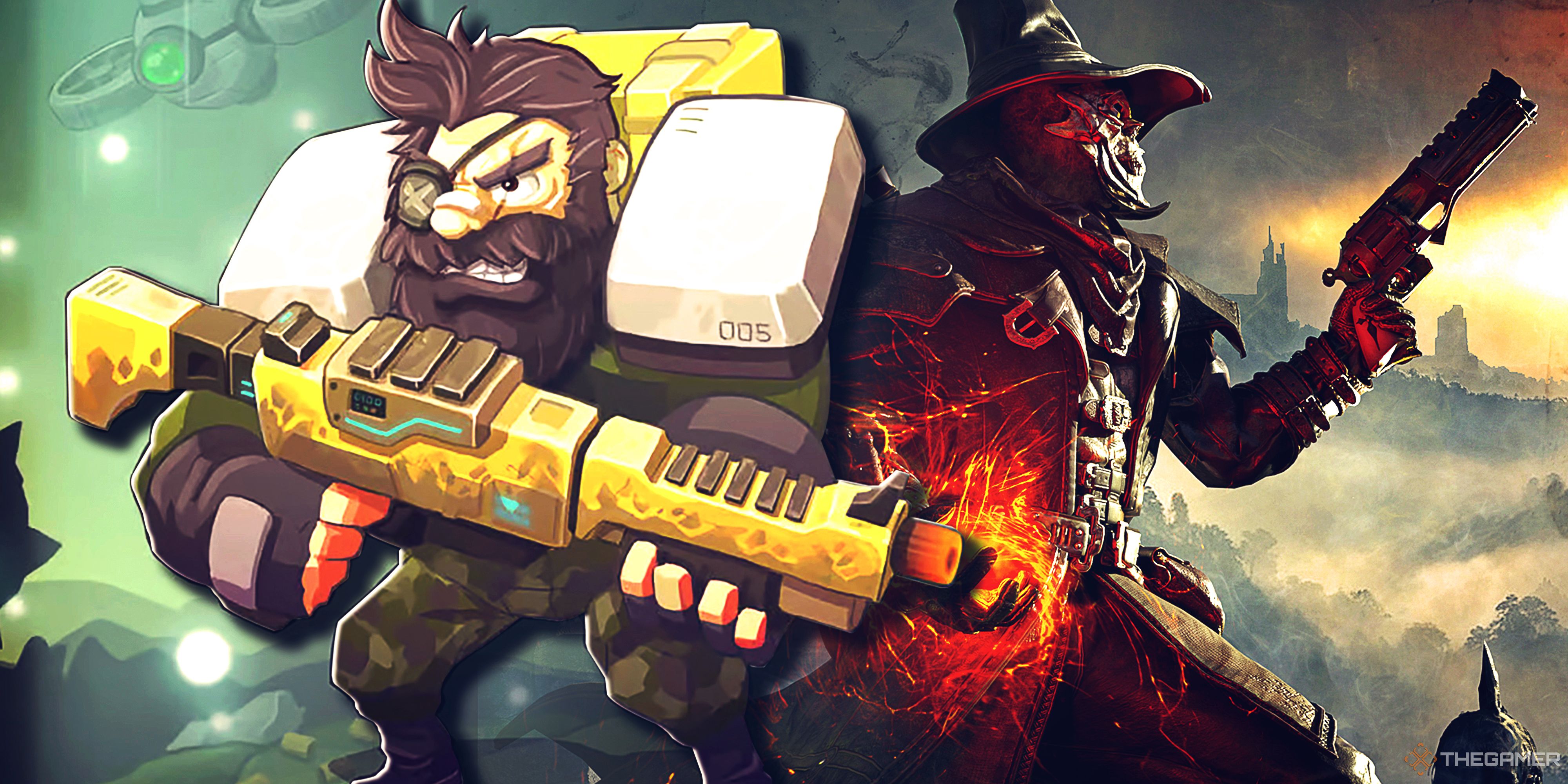
Next
If you love roguelikes and shooters, these are the best games that combine these genres.
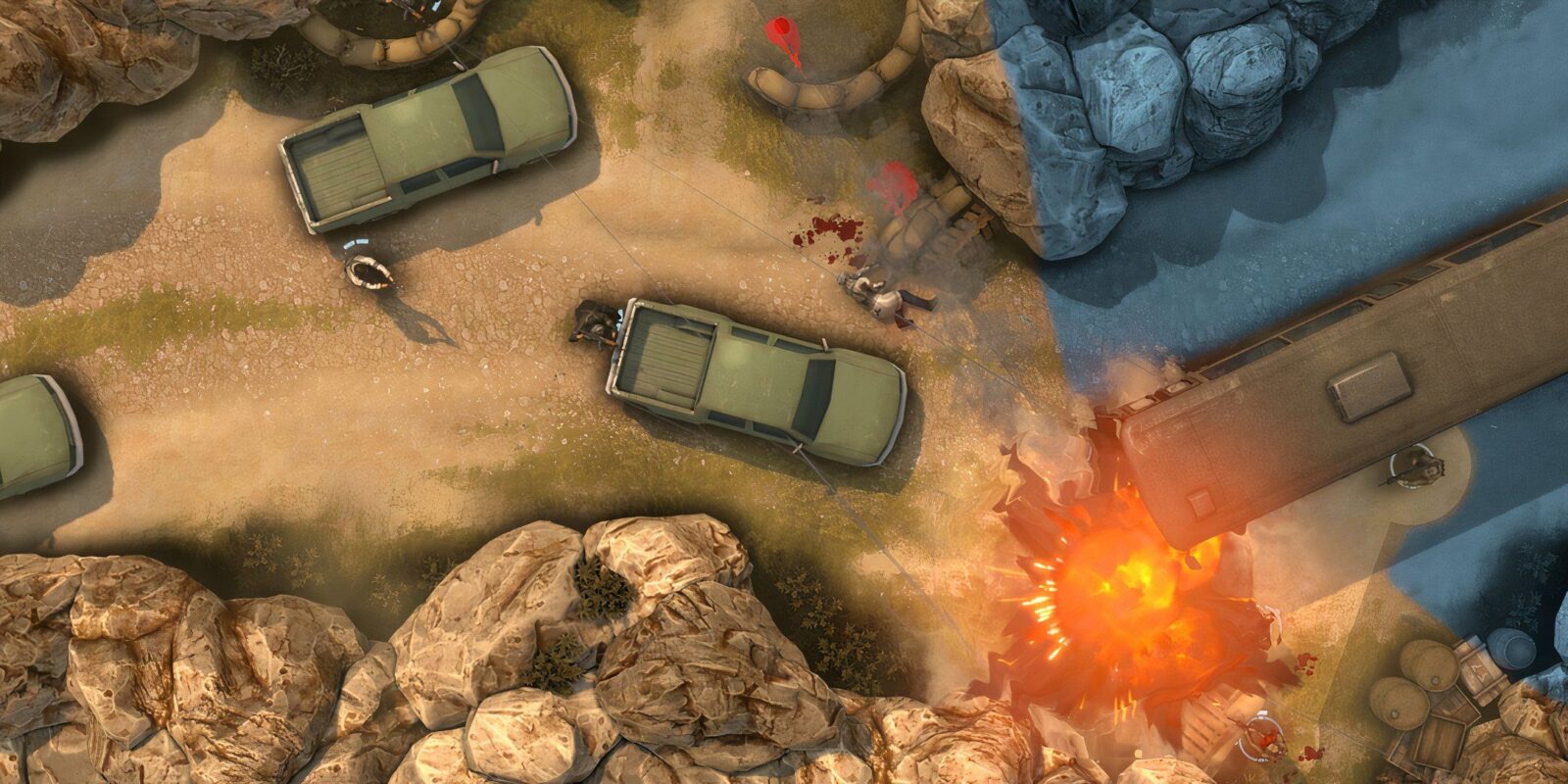

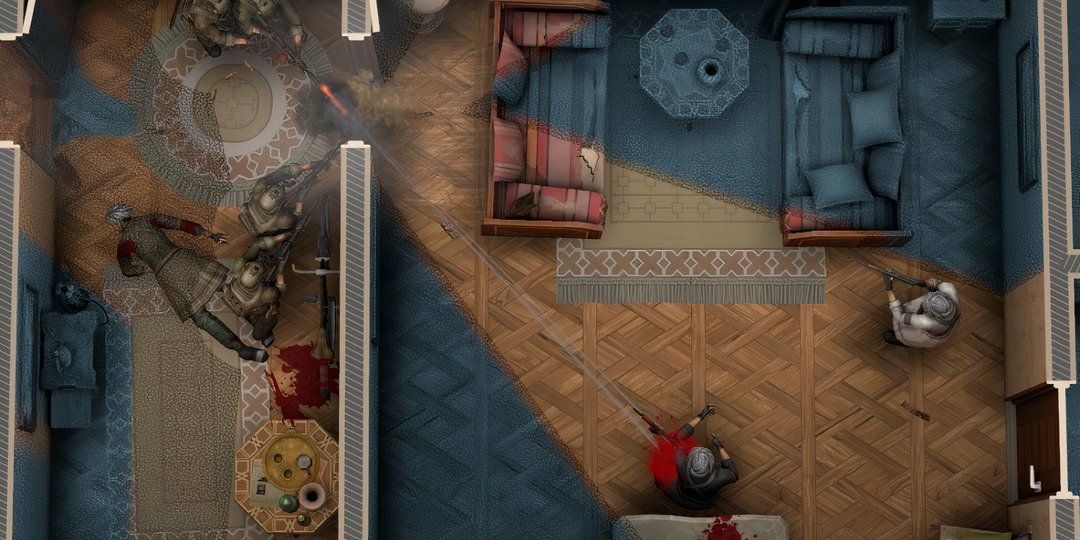
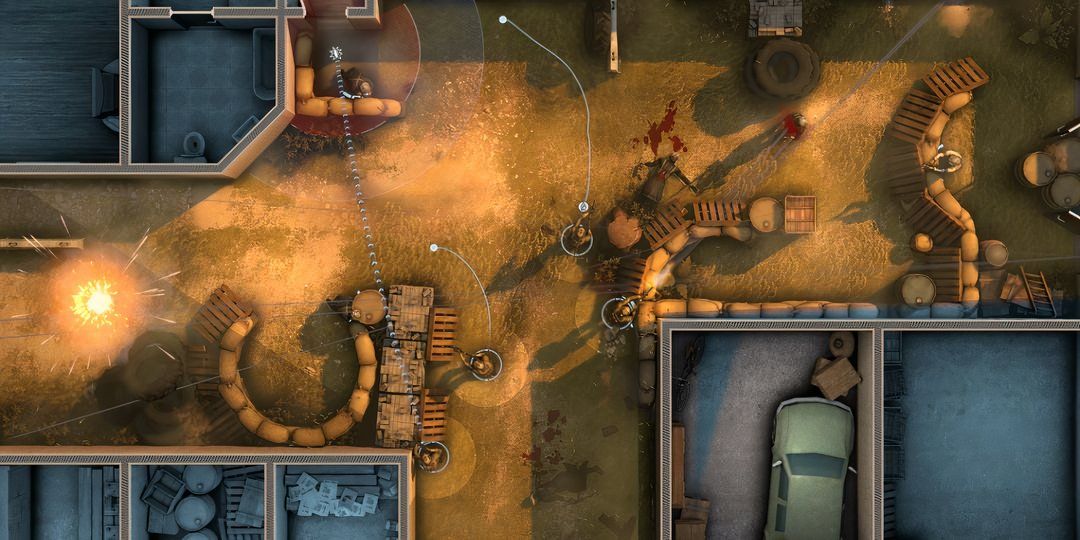
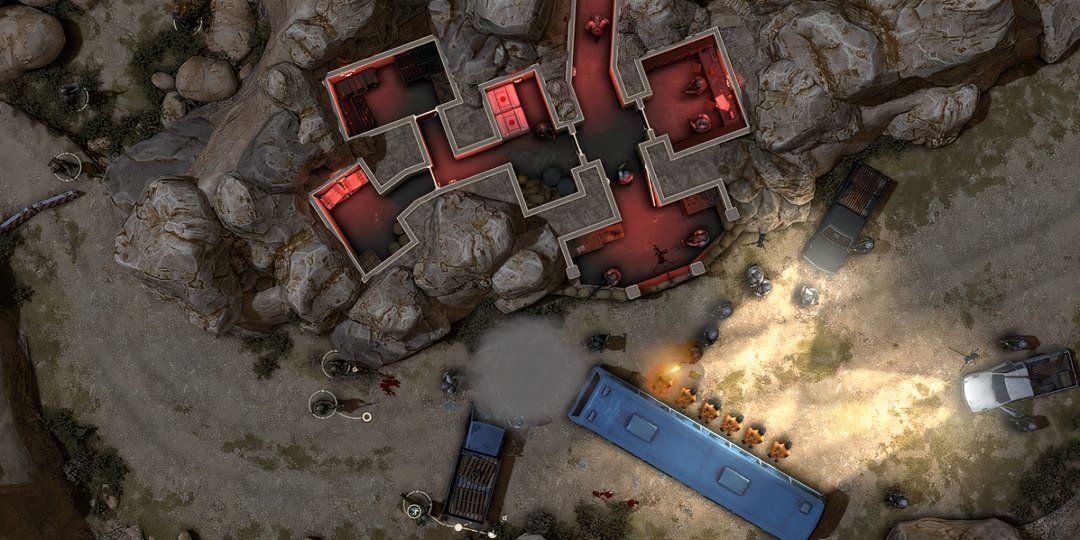
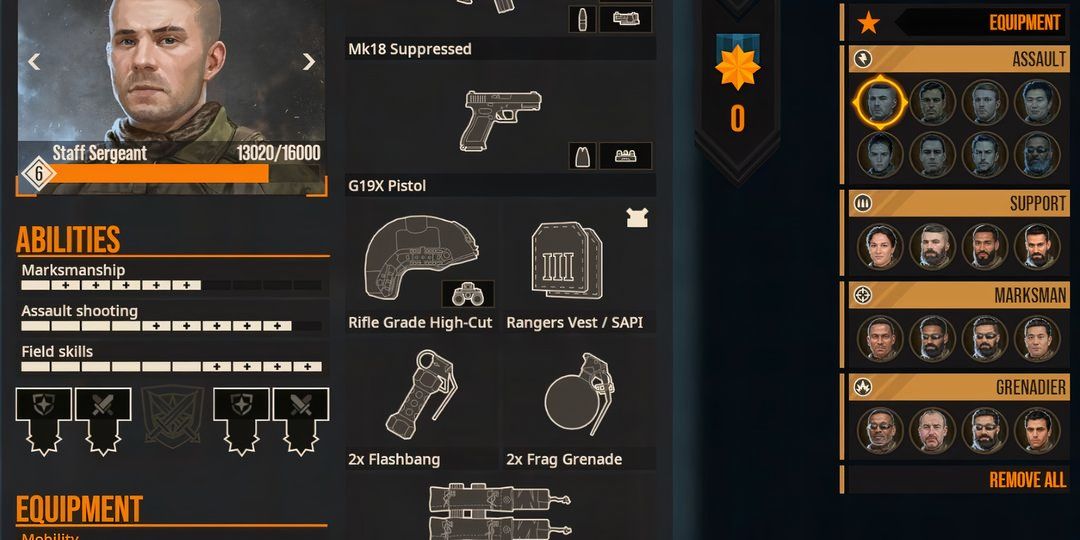
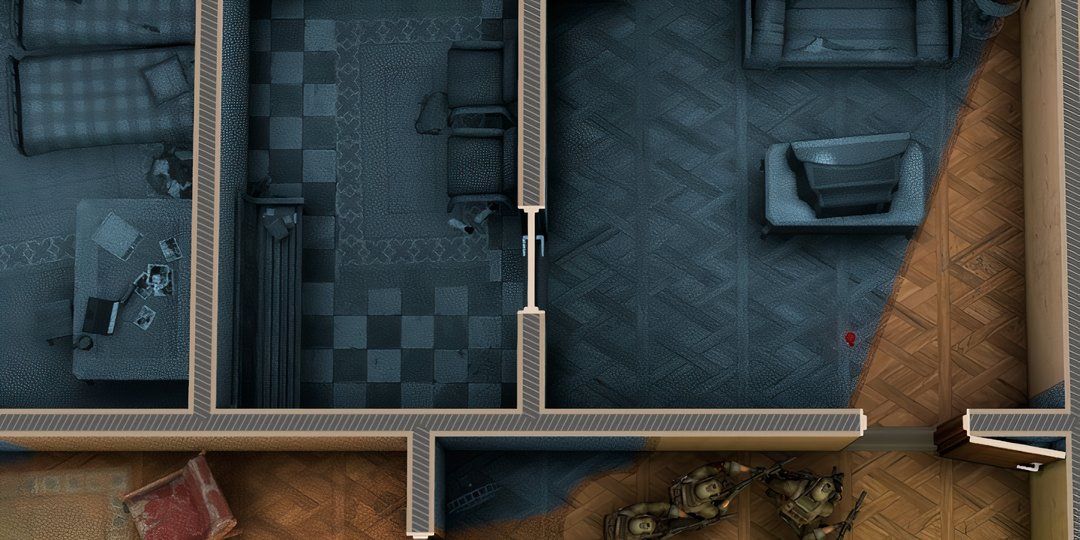
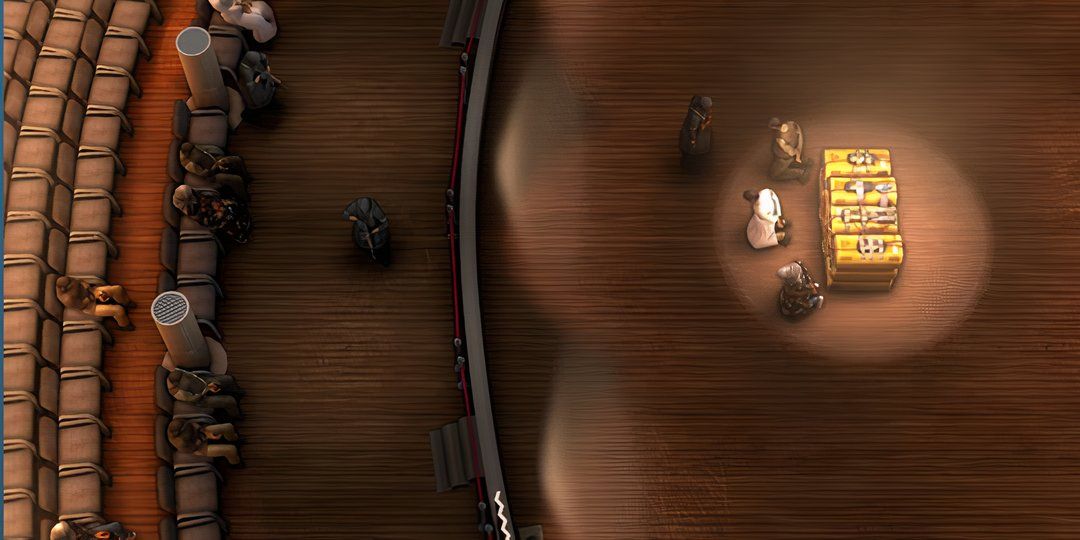
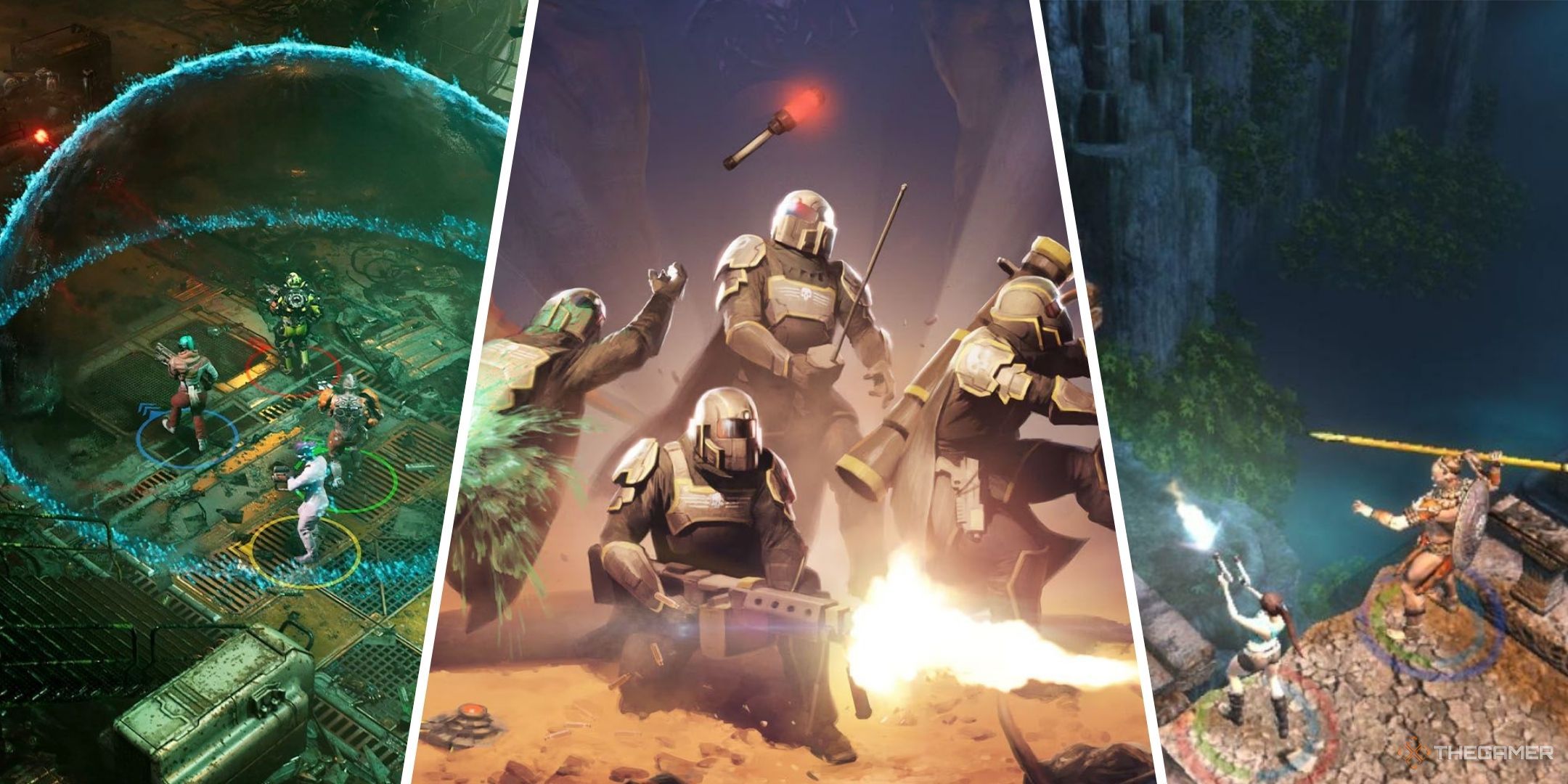
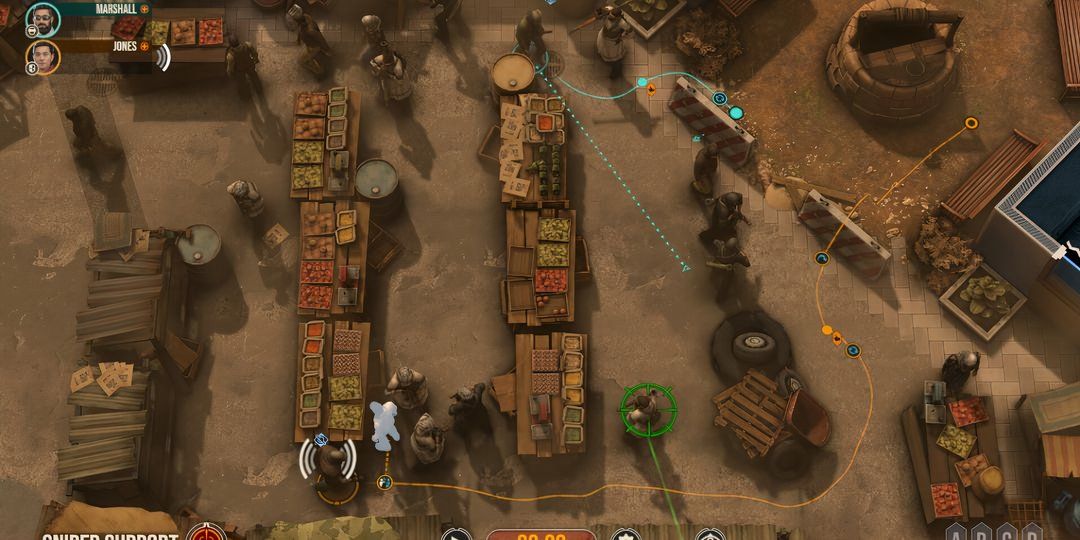
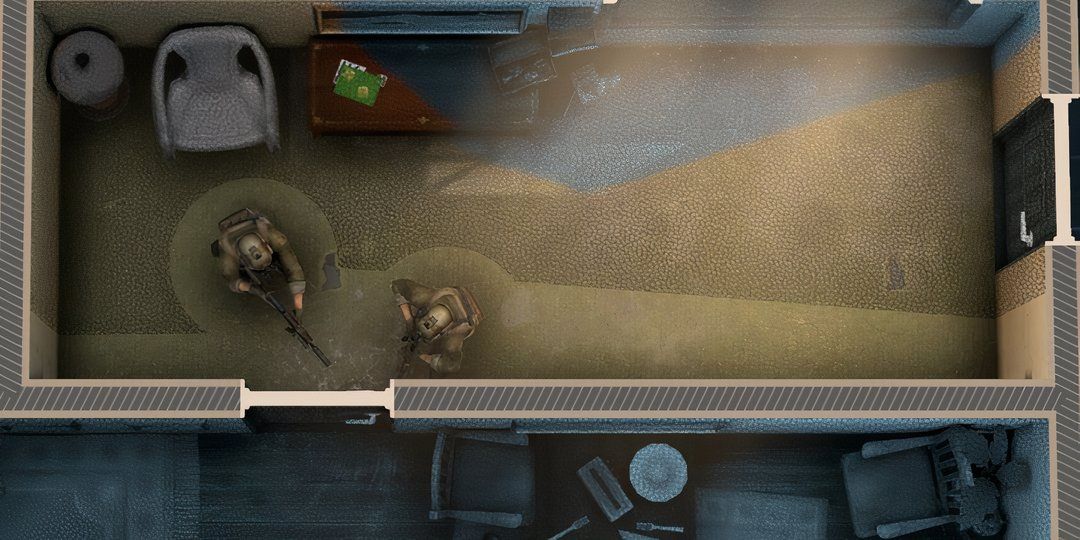








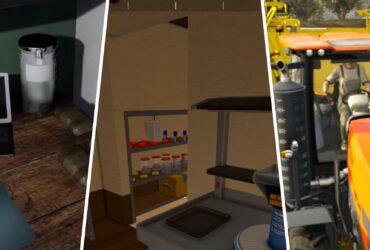
Leave a Reply